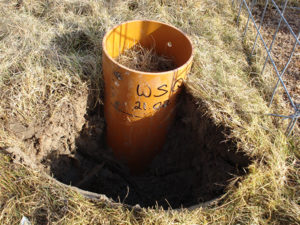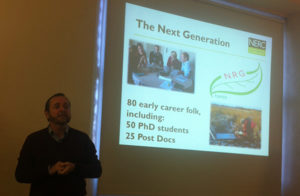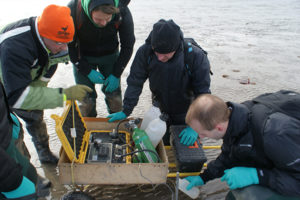Over the winter months, the CBESS team has been busy finishing processing the vast amounts of data collected in the filed during the winter and summer field campaigns in 2013. I am very happy to report that we are nearly there! As reported in the Autumn up-date this is producing an increasingly complex data-set that will be explored in Theme 2 and 3: scale effects and context dependency on biodiversity and ecosystem service relationships.

Bangor University provide an insight into their data; as expected, the two main drivers of spider and beetle abundance and diversity are vegetation structure and salinity. But the results of their shoreline resistance to erosion work has proved particularly exciting! Click here to find out more.

Cai Lad, a PhD student at Bangor University had the exciting opportunity to work with and Tim Durban-Jackson of SEACAMS to produce both a stunning and informative 3D scan of a salt marsh. Click here to see the video.

In early January the CBESS team met at the University of York for their Annual Science Meeting. Over two days the team discussed how best to approach the vast amount of data, address our questions of scale and context dependency, discuss how the data collected at the quadrat to region scale could be applied in broader context, e.g. the east of England and how decision makers would use this. Click here to find out more.

In February, 15 MSc and PhD students will be getting a taste of how the CBESS field campaigns were conceived, delivered and the challenges for handling vast amounts of data. Click here to read more.
Finally Cai Ladd and Ben Taylor provide an insight into their lives as PhD students.
